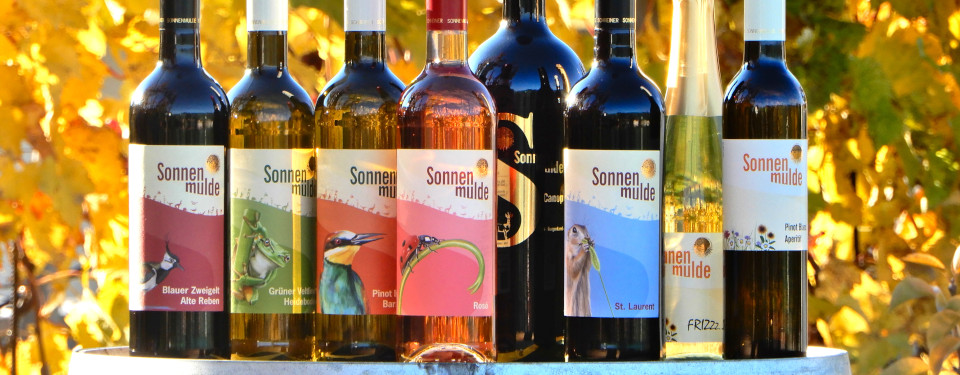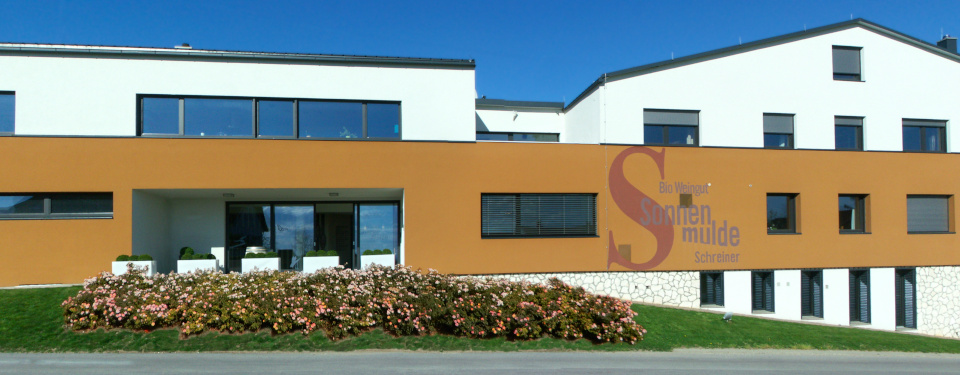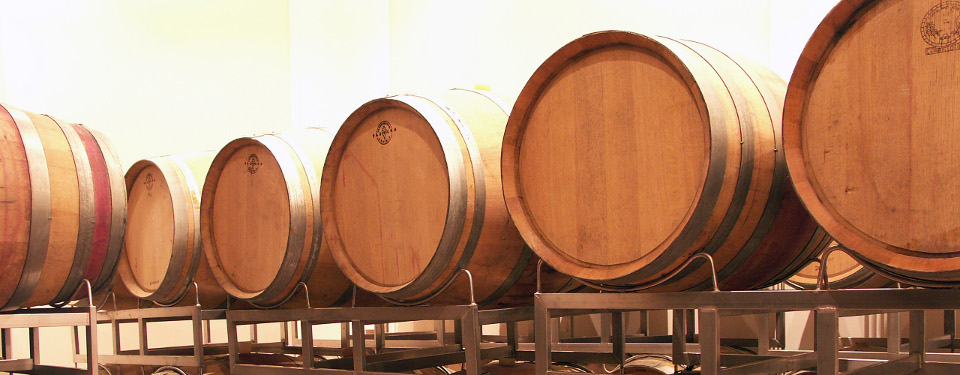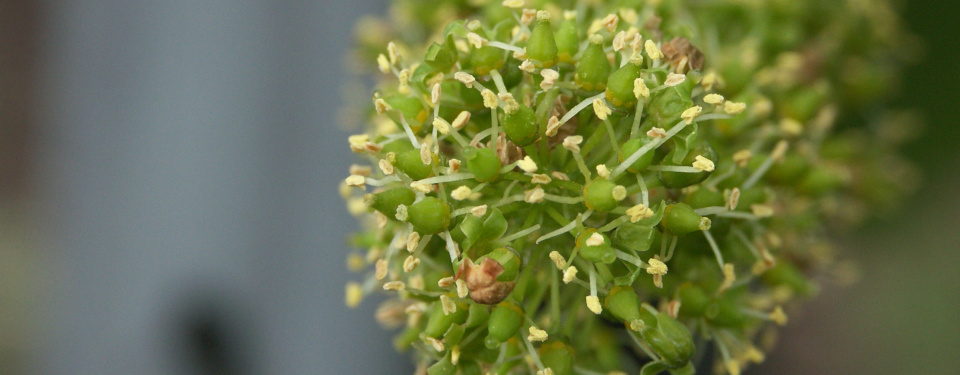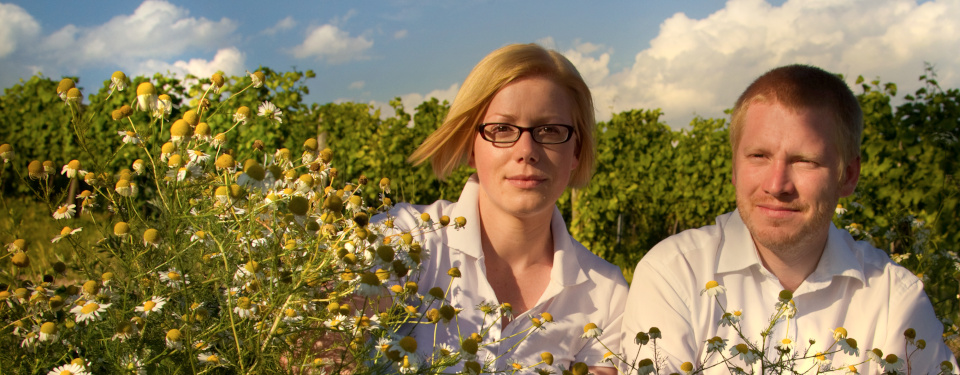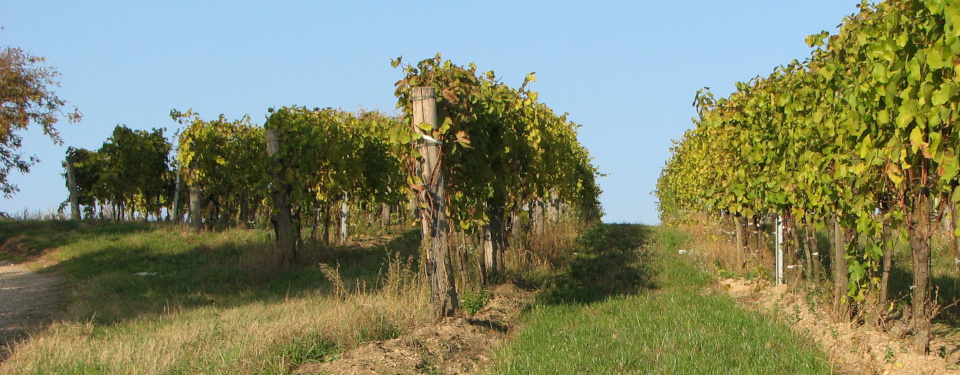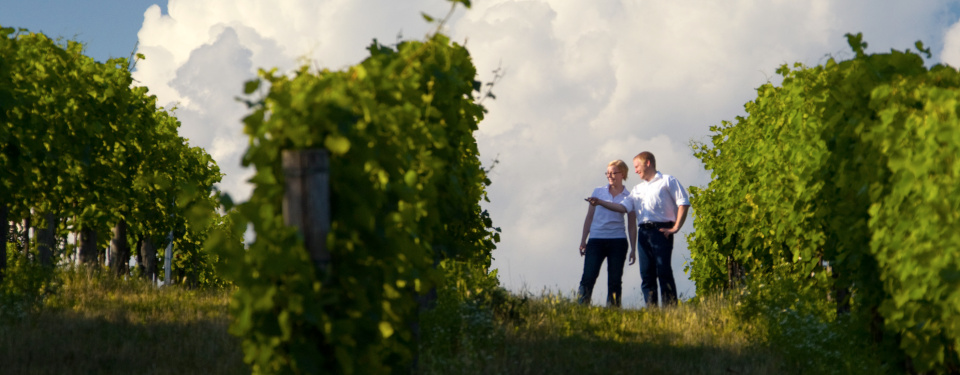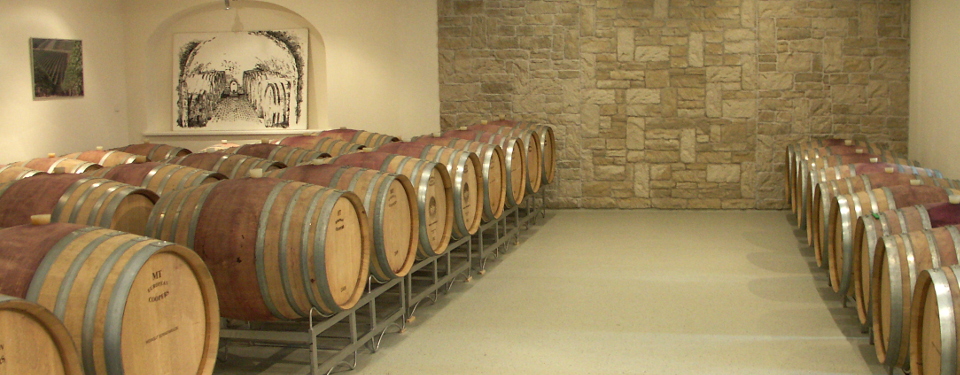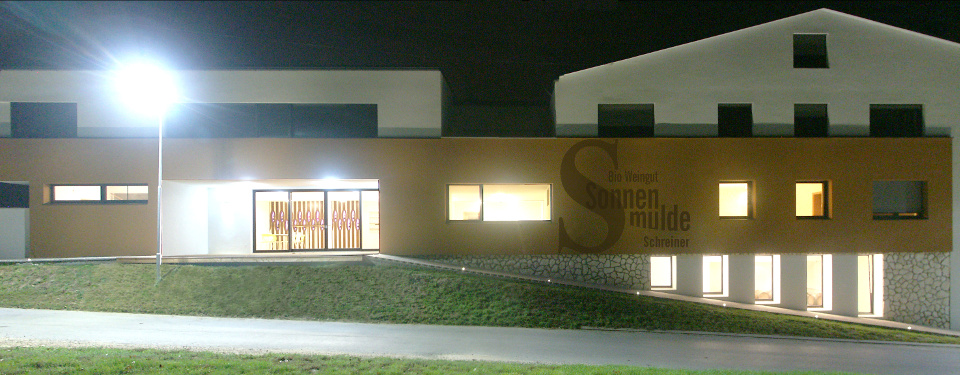Vineyard mechanization
« 2022 | 2021 | 2020 »
Current News » Events »
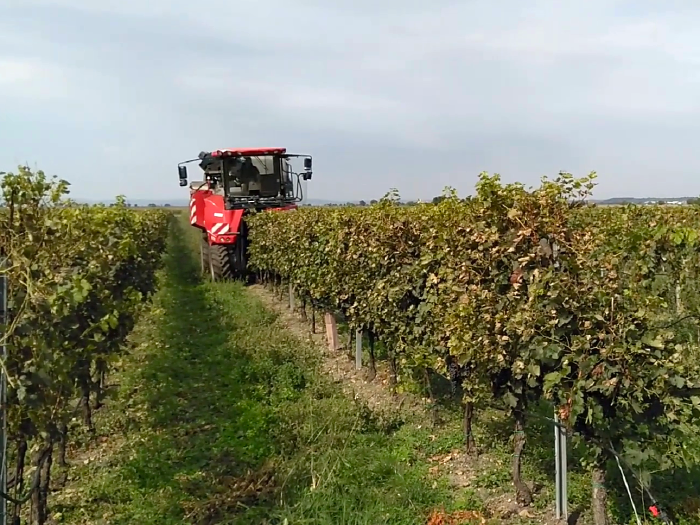
In the past, everything in agriculture was done by hand, or with the help of draft animals, but fortunately those days are long gone. In viticulture, and especially in organic viticulture, there is still plenty of manual work, but here, too, more and more machines are moving in.
There are at least two reasons for the increasing mechanization, labor saving and less time spent. Whereas in the past a large proportion of all people worked in agriculture, today there are only a few left. That means there are no longer enough hands to do all the work. In addition, many of the heaviest physical tasks have been replaced by tractors. For example, in the past, all vines were manually weeded with a hoe. Today we only do this for the delicate vines in the first year, a very strenuous activity that we are happy to leave to a tractor from the second year onwards.
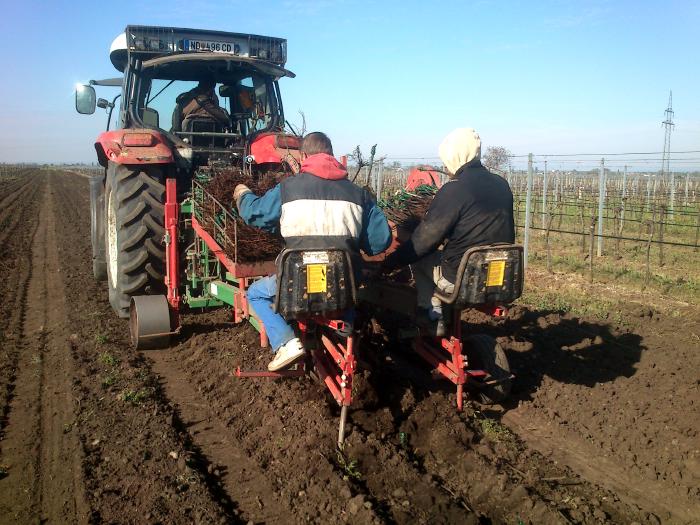
Instead of digging about 4000 holes per hectare by hand, we also prefer to leave the planting of new vineyards to a GPS-controlled planting machine. Not only is it much faster and easier on the back, but it can also plant rows that are perfectly straight.
In addition, there are still many jobs that are not so difficult to do, but still require a lot of effort. All foliage work in the summer falls into this category. Here, quick action must be taken at the right time, and this often requires more hands than are available. The rough pruning of leaves has been done by tractor for 50 years. Work that requires more sensitivity, however, we still do by hand. But it is in this area that the greatest technical progress has been made.
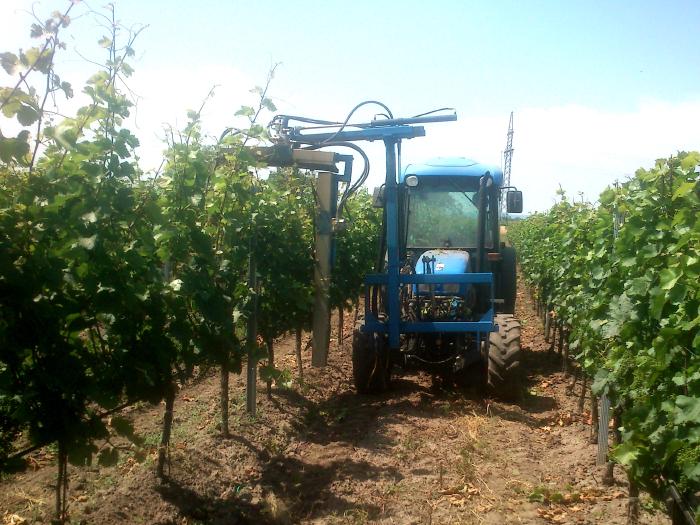
There are machines that clean the shoots from the trunks, others that lift the vines and attach them to the wire, and others that pluck leaves from the grape zone to aerate it. What they all have in common is that they have only been made possible by technical developments in the last 20 years. It remains to be seen which of them will be successful, but some of them will be widely adopted in a few years, simply because they do a good job and save a lot of time.
We can use the remaining time to better carry out important manual work. Thinning out grapes, for example, requires a lot of dexterity and experience. This cannot be automated in the near future. However, if the obstructing leaves have been removed by machine beforehand, the manual work will of course be much faster.
The biggest topic in mechanization is harvesting. Harvesting machines (picture on top) have been around for decades and development has not stopped with them either. Whereas in the past they could be used for very simple wines at best, today they can also be employed for high qualities. The prerequisite, however, is that the grapes are perfectly healthy and uniformly ripe. To achieve this, everything must be right before the harvest and the foliage work has to be done perfectly.
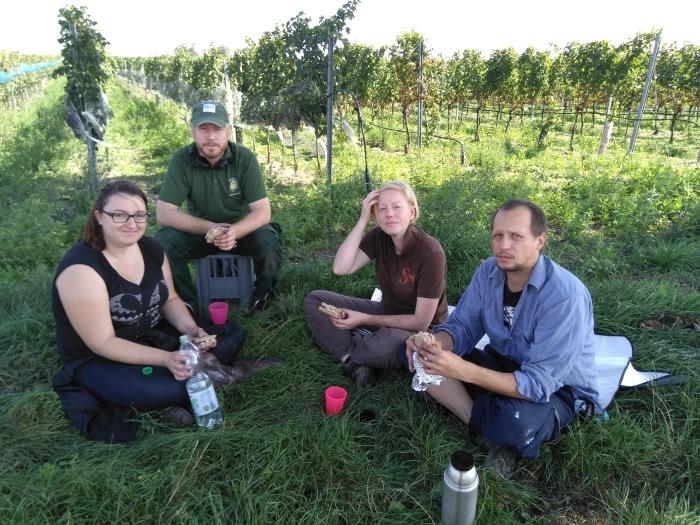
This closes the circle to manual labor and the partially necessary mechanization. We will still have a lot of manual work in the future, but no more than absolutely necessary! And then there will also be a time for a leisurely lunch break between our vines.
Page Top »